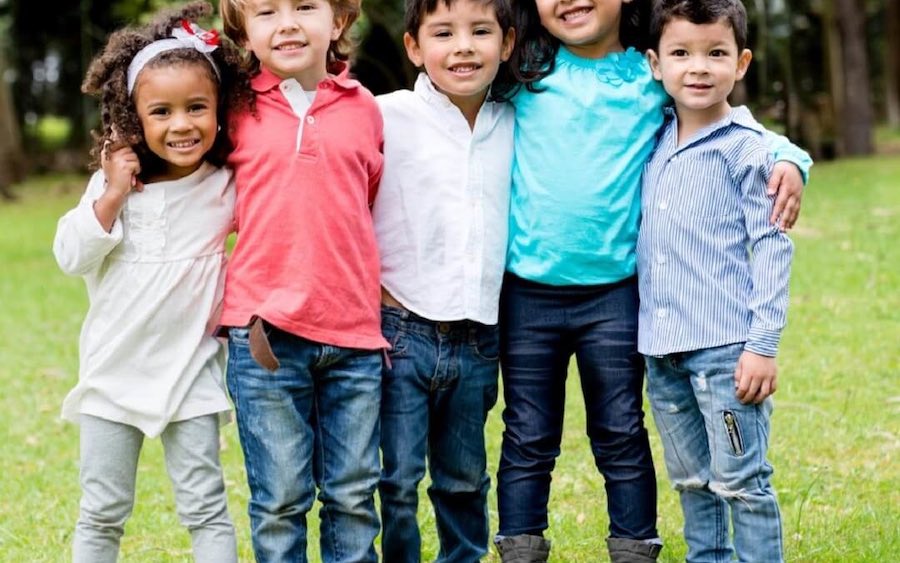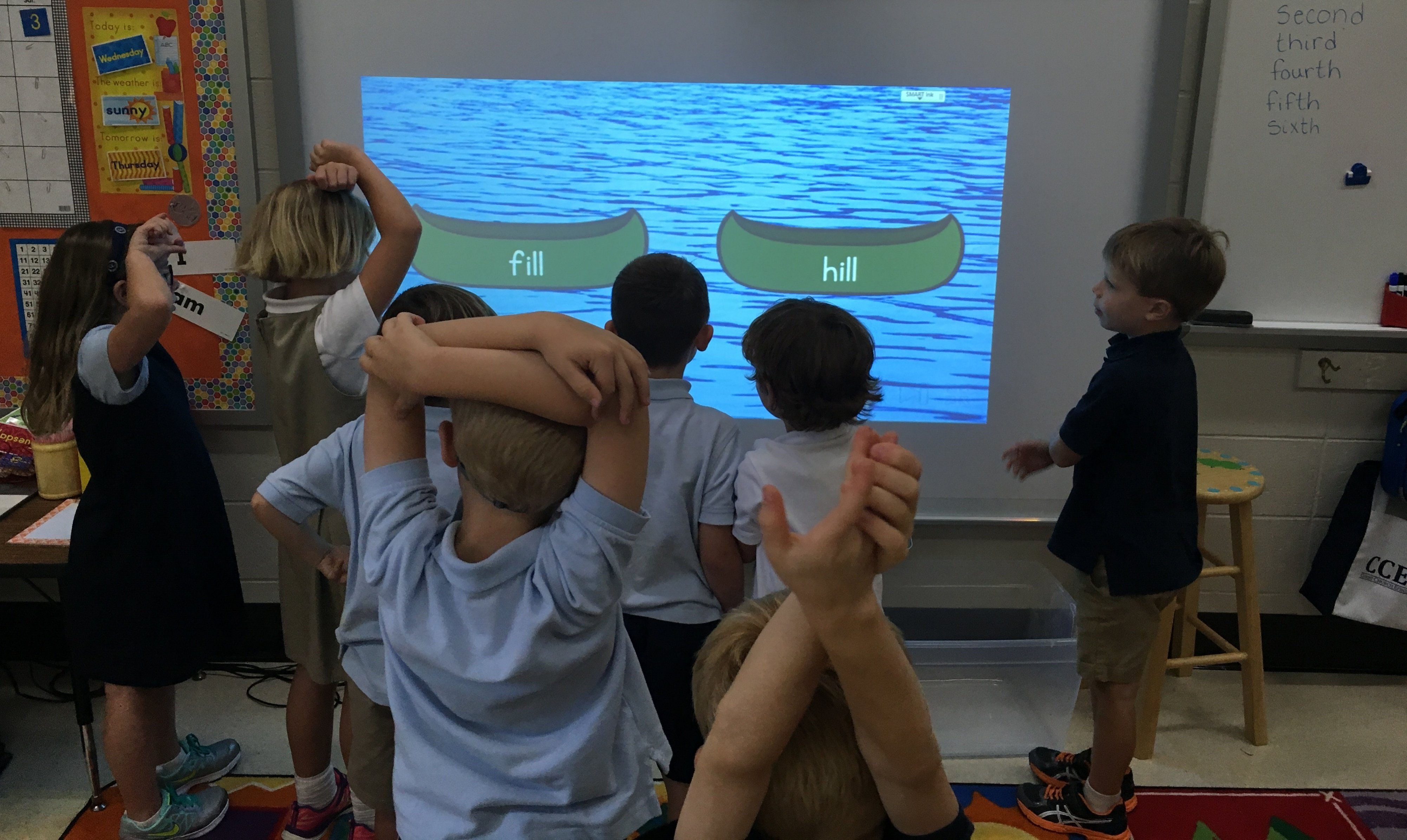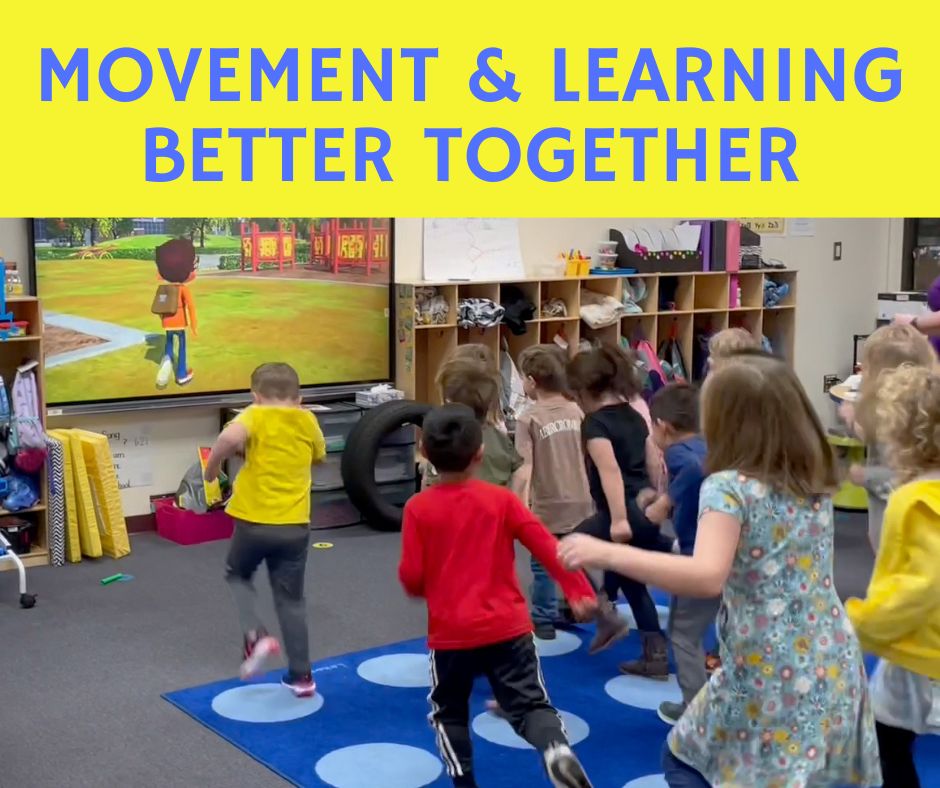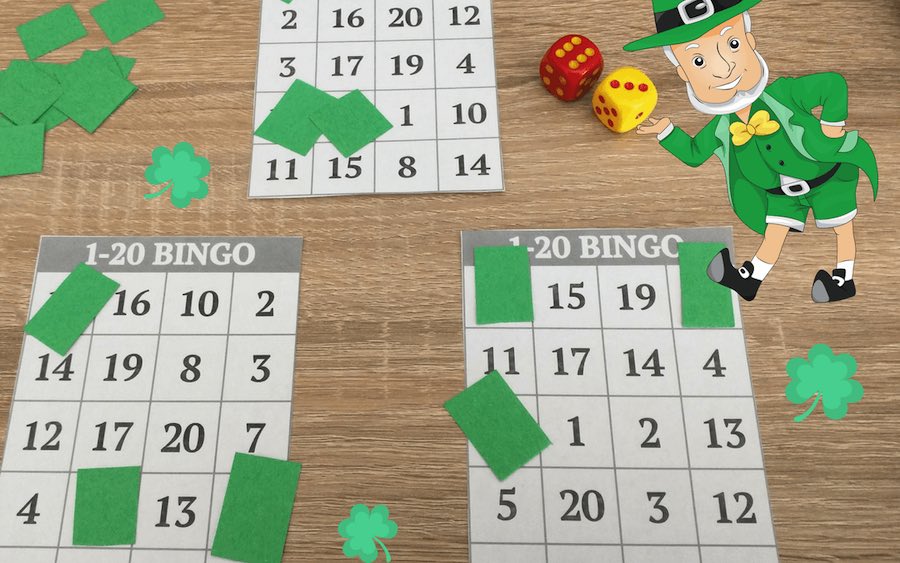
Activity Can Enhance Schools' Wellness and Learning Goals
Social Emotional Learning (SEL) is a big topic in education right now. A recent study conducted by the Collaborative for Academic, Social, and Emotional Learning (CASEL) indicates that 99% of K-12 principals believe in the importance of SEL in their schools.
CASEL, the world’s leading organization in promoting integrated academic, social, and emotional learning identified five main competencies to evaluate when taking on an SEL-based curriculum:
- Self-Awareness
- Self-Management
- Responsible Decision-Making
- Social Awareness
- Relationship Skills
At Walkabouts, we are following the research and working to develop active learning activities and Walksheets that will encourage children to enhance these skills and grow in the following areas.
SELF-AWARENESS
Self-awareness is the ability to accurately recognize your own emotions, thoughts, and values and how they influence behavior. This skill asks people to take stock of their strengths and weaknesses. Ideally, this means that people can acknowledge areas that could use improvement without having that knowledge take away from their intrinsic sense of worth.
Movement is a key factor in helping children understand their sense of self in relation to the physical world around them. In a previous blog post on movement, we discussed how different types of activity are vital in order to fully develop a child’s vestibular sense.
Without a fully developed vestibular sense, children are more likely to fall out of chairs, fidget, play too roughly with other children, and have difficulty focusing in the classroom, just to name a few social and emotional challenges they might face.
When children participate in active learning and movement, they become more capable of relating to the physical environment around them and understanding how they are part of that environment.
SELF-MANAGEMENT
Self-management continues the idea of self-awareness. Not only should people be able to recognize their own thoughts, values, and emotions, but they should also successfully manage them in order to maturely handle a variety of situations. For example, this skill will help people manage stress, control impulses, and motivate them to learn or complete a project.
Understanding potential positive physical alternatives to manage negative emotions can be a powerful tool in students’ self-management. Active learning can also help. For example, anger management strategies might include taking 10 deep breaths or physically removing yourself from the situation to calm down. To help manage stress, running in place or around a playground or gym can release pent-up energy caused by stress.
SOCIAL AWARENESS
Understanding thoughts, feelings, and abilities can aid people in their awareness of others’ thoughts, feelings, and values. Social awareness is the ability to understand social and ethical norms for behavior and to recognize family, school, and community resources and supports. It also involves the ability to take the perspective of and empathize with others.
One school in Chicago, IL, uses technology to promote positive social interaction via the power of positivity. They created a Google form that students fill out to compliment their peers with Tweets. A student types the compliment, and the school administration approves it. After it is approved, the Tweet goes live with the hashtag #TMSCompliments. The school has several displays that show this Twitter feed so everyone in the school can read the compliments. This type of public recognition and confirmation has boosted the positivity levels of students and fosters a collaborative and upbeat school environment.
Physical activity including team sports can also help people develop critical social skills. Not only does physical activity increase a person’s self-esteem and sense of worth, but it can also teach teamwork. Team sports such as soccer and volleyball require communication and empathy, encouraging teammates to support each other even after a missed opportunity and congratulate each other in victory.
In the classroom, teachers can focus on teamwork with collaborative active learning opportunities. Students can work together to physically achieve a task. This will not only increase students’ sense of self-worth but will also help students support and communicate effectively with others.





